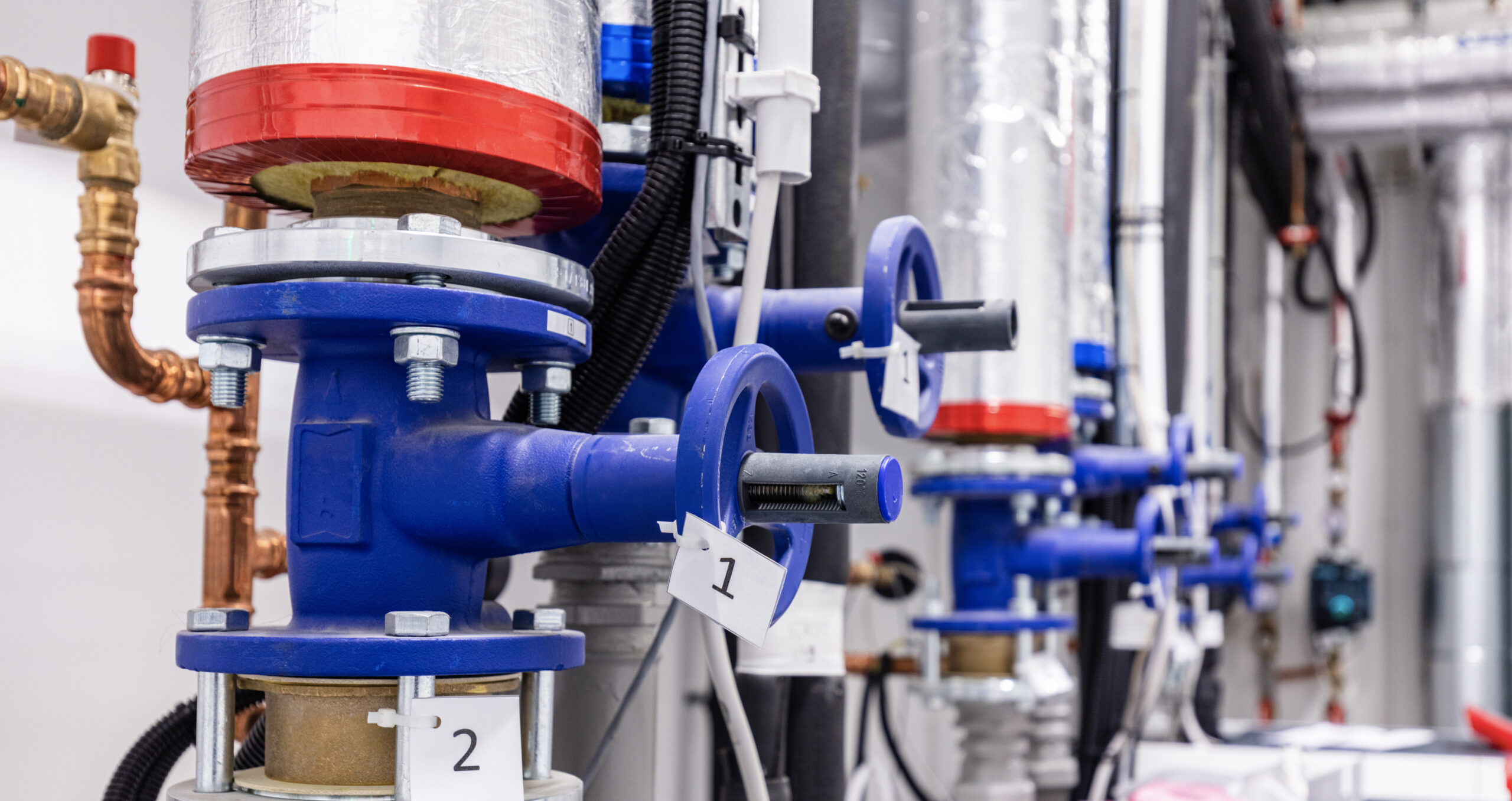
Explainer: The EU Green Deal Industrial Plan’s goals and gaps

As the European Commission launches its plan to support the bloc’s net zero industry, various business and environmental groups are questioning what the deal will mean in practice and who will benefit most.
Since the US Inflation Reduction Act was agreed in Washington in August 2022, EU business leaders and politicians have become increasingly agitated about the negative impact it could have on the growth of green technologies in Europe.
The IRA makes available $369bn to boost investment in clean energy technologies, with the focus on supply chains being located in the US. On February 1, the EU hit back with its own Green Deal Industrial Plan, which offers €250bn in financing that member states can use for subsidies and tax breaks as the bloc “aims to provide a more supportive environment for the scaling up of the EU’s manufacturing capacity for the net-zero technologies and products required to meet Europe’s ambitious climate targets”.
The plan should reassure businesses in Europe that the European Commission is serious about boosting homegrown technologies and industries, but questions remain about what it will mean in practice and exactly who stands to benefit most.
The EU executive will also have to defend its proposal to make changes to state aid rules in the face of opposition from certain EU member states.
“Europe is determined to lead the clean-tech revolution,” said European Commission president Ursula von der Leyen as she launched the package.
“For our companies and people, it means turning skills into quality jobs and innovation into mass production, thanks to a simpler and faster framework. Better access to finance will allow our key clean-tech industries to scale up quickly.”
How it works
The plan is based around four pillars. The first is aimed at simplifying the regulatory framework to speed up the deployment of clean-tech projects through a Net Zero Industry Act, a Critical Raw Materials Act and electricity market reforms.
Second, the EU executive wants to offer companies faster access to public and private sector funding, notably with changes to EU state aid laws. The third strand of the plan is aimed at helping to ensure the workforce has the skills necessary for a net zero economy.
Finally, the commission wants to improve global co-operation and make trade work in favour of the green transition.
The overall thrust of the package was broadly welcomed. Yet, while the commission insisted that the measures would not impact the EU single market, various countries, including Finland, the Czech Republic, Denmark, Estonia, Ireland, Austria and Slovakia, are reported to have written to executive vice-president Valdis Dombrovskis warning against “permanent or excessive non-targeted subsidies” in response to the IRA.
Meanwhile, business groups — including those representing the cement industry, aluminium producers and the wind and solar power sector — called for the commission to put more meat on the bones and make reference to their industries.
‘Lack of focus’
“An explicit focus should be put on energy-intensive industries, which are strategic and essential upstream actors in critical supply chains that bring low-carbon products to market,” said Cembureau, the European Cement Association. Changes to electricity market design must ensure “price stability and predictability” for renewable energy, it added.
Jozefien Vanbecelaere, head of EU affairs at the European Heat Pump Association, said the commission needed to “recognise the importance of heat pumps” and translate its communication “into numbers, clear goals and actions for all parts of the industry”.
The solar industry was “worried by the lack of focus” in the commission’s plan, said Dries Acke, policy director at SolarPower Europe. “We need support specifically for the bulk technologies that net zero and energy security are based on.”
He added: “Not all net zero technologies are in the same boat — not in terms of strategic importance, or even the impact they’re feeling from the IRA.”
Ahead of the announcement on February 1, WindEurope had issued a statement highlighting that orders for new wind turbines in Europe fell 47 per cent in 2022 compared with 2021. Inflation and “unhelpful national interventions in electricity markets” were to blame, it said.
“The EU needs to set up mechanisms and get money moving ASAP,” said WindEurope chief executive Giles Dickson. “Clean energy industries are debating where they should invest and need clear signals now if it’s going to be Europe.”
The Brussels-based industry body added that investment tax credits would help, with existing EU funds playing “a key role in derisking and leveraging the private investments needed in new factories and in Europe’s port, transport and other infrastructure”.
Permits and finance
Environmental groups have expressed reservations over the plan, including concerns about a lack of focus on the supply side and energy-efficiency measures, and fears that easing permitting regulations for projects could lead to environmental and climate damage.
The plan also “lacks concrete next steps to mobilise private finance through the EU’s toolbox of sustainable finance instruments and policies”, said Jurei Yada, programme leader for EU sustainable finance at climate think-tank E3G. He is urging the EU to “empower businesses to seize the opportunities of the clean economy transformation”.
Laurence Pessez, head of corporate social responsibility at BNP Paribas, said the group’s recent announcement to transition more than 80 per cent of its energy production financing activities to low-carbon energies by 2030 was “fully in line with the EU Green Deal Industrial Plan”.
The commission’s communication will be discussed at a meeting of EU heads of state and government on February 9-10, with the EU executive saying it is “ready to translate [the plan] into concrete proposals based on substantiated needs assessments before the March European Council”.
Photo credit: Photocreo/Envato
Similar Articles

High Court rules, again, against UK government climate plans

In Brief: EU Council approves two-year delay to parts of CSRD, ISSB publishes digital taxonomy


